Louis De Broglie1406719900, 9781406719901
AN INTRODUCTION TO THE STUDY OF WAVE MECHANICS BY LOUIS DE BROGLIE DOCTEUB 8-8CIENCES, PROFESSOR IN THE HENRI POISCAR INSTITUTE, PARIS TRANSLATED FROM THE FRENCH BY H. T. FLINT, D. Sc., PH. D. WITH FOURTEEN DIAGRAMS I METHUEN C0. LTD. 36 ESS-EX f EET W. C. First Published in 1930 CONTENTS PAGE PBNBBAL INTRODUCTION 1 CHAPTER I HE OLD SYSTEMS OF MECHANICS OP A PARTICLE 11 CHAPTER II J HB THEORY OF JACOBI 26 CHAPTER III THE CONCEPTIONS UNDERLYING WAVE MECHANICS 39 CHAPTER IV GENERAL REMARKS ON WAVE PROPAGATION 49 CHAPTER V THE EQUATIONS OF PROPAGATION OF THE WAVE ASSOCIATED WITH A PARTICLE 68 CHAPTER VI CLASSICAL MECHANICS AND WAVE MECHANICS 79 , CHAPTER VII THE PRINCIPLE OF INTERFERENCE AND THE DIFFRACTION OF ELECTRONS BY CRYSTALS 88 CHAPTER VIII THE PRINCIPLE OF INTERFERENCE AND THE SCATTERING OF CHARGED PARTICLES BY A FIXED CENTRE 102 CHAPTER IX THE MOTION OF THB PROBABILITY WAVE IN THE NEW MECHANICS . .111 CHAPTER X THE WAVE MECHANICS OF LIGHT QUANTA , 12 CHAPTER XI THE THEORY OF BOHR AND HBWENBERG vi An Introduction to the Study of Wave Mechanics CHAPTER XII PAG THB POSSIBILITY OF MEASUREMENT AND HBISENBERGS RELATIONS . , 1 CHAPTER XIII THE PROPAGATION OF A TRAIN OF -WAVES IN THE ABSENCE OF A FIELD OF FORCE AND IN A UNIFORM FIELD 1 CHAPTER XIV WAVE MECHANICS OF SYSTEMS OF PARTICLES IVs CHAPTER XV THE INTERPRETATION OF THE WAVE ASSOCIATED WITH THE MOTION OF A SYSTEM 188 CHAPTER XVI THE OLD QUANTUM THEORY AND THE STABILITY OF PERIODIC MOTION . 199 CHAPTER XVII THE STABILITY OF QUANTISED MOTION FROM THE POINT OF VIEW OF WAVE MECHANICS …. 212 CHAPTER XVIII SOME EXAMPLES OF QUANTISATION 227 CHAPTER XIX THE MEANING OF THE -WAVES OF QUANTISED SYSTEMS …. 238 INDEX 247 AN INTRODUCTION TO THE STUDY OF WAVE MECHANICS GENERAL INTRODUCTION l THE new wave mechanics has received during the past two years the firm support of experiment, thanks to the discovery of a striking phenomenon completely unknown previously, viz. the diffraction of electrons by crystals. From one point of view it may be said that this discovery is the exact counterpart of the older discovery of the photo electric effect, since it shows that for matter as for light we have hitherto neglected one of the aspects of physical reality. The discovery of the photo-electric effect has taught us that the undulatory theory of light, firmly established by Fresnel and subsequently developed by Maxwell as the electro magnetic theory, although it contains a large body of truth, is, nevertheless, insufficient, and that it is necessary, in a certain sense, to turn again to the corpuscular conception of light proposed by Newton. Planck, in his famous theory of black body radiation, was led to assume that radiation of frequency v is always emitted and absorbed in equal and finite quantities, in quanta of magnitude hv, h being the constant with which the name of Planck will always be associated. In order to explain the photo-electric effect, Einstein had only to adopt the hypothesis, which is quite in conformity with the ideas of Planck, that light consists of corpuscles and that the energy of the cor puscles of light of frequency v is hv. When a light corpuscle in its passage through matter encounters an electron at rest, it can impart o it its energy hv and the electron thus set in 1 This introduction is the reproduction of a communication made by the author at the meeting of the British Association for the Advance ment of Science held in Glasgow in September, 1928, 1 2 An Introduction to the Study of Wave Mechanics motion will leave the matter with kinetic energy equal in amount to the difference between the energy hv, which it has received, and the work it has had to expend to get out of the matter. Now, this is precisely the experimental law of the photo-electric effect in the form which has been verified in succession for all the radiations from the ultra-violet region to X-and y-rays… | |
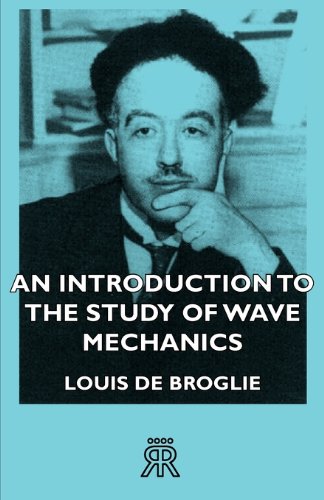


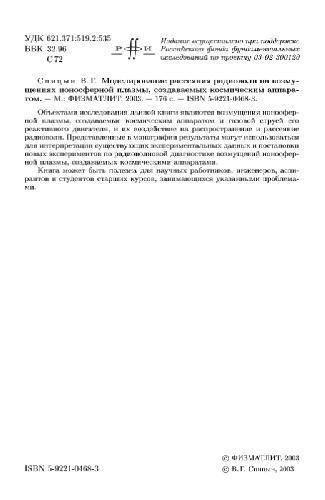
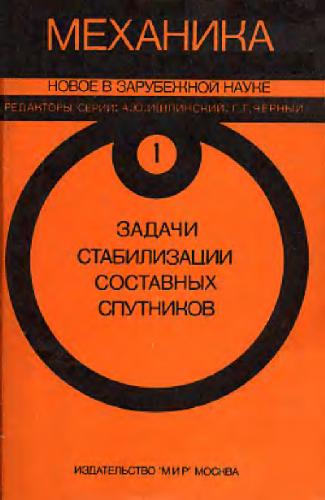
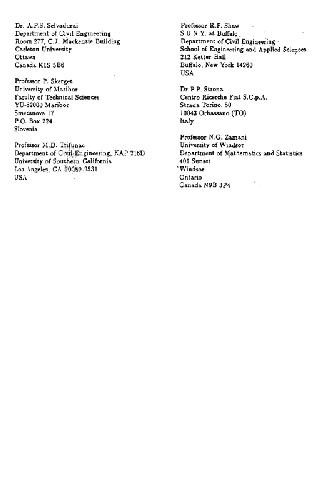
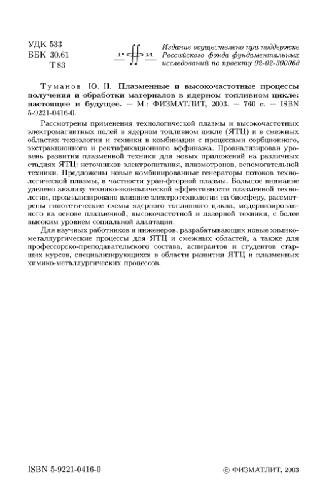
Reviews
There are no reviews yet.